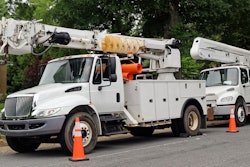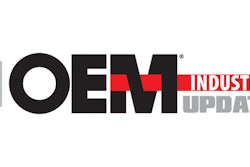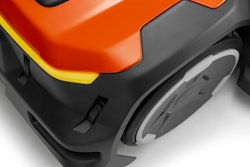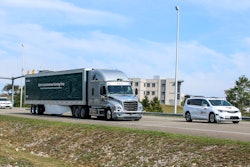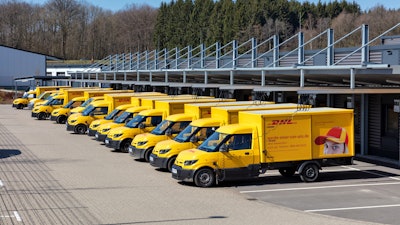
Over the last few months, we have covered crucial steps for building and implementing electric work trucks into a fleet. From cab design and OEM selection, vocational upfitting on electric chassis, to charging infrastructures and telematics systems, manufacturers and fleet managers must work closely with all stakeholders to ensure that goals align and the process is understood.
For our last article in this series, we will discuss a few final considerations for how all these pieces come together in the wide adoption of electric work trucks.
A true step-by-step process
All the work that occurs prior to the adoption phase of electric work truck implementation truly lays the groundwork for a successful transition. Identifying the different types of vehicles that are needed and what each type requires for design, integration, charging, data communication, and telematics allows all stakeholders involved to see the mission at hand from their own and others’ perspectives.
As an example, let’s review how the process advances after selecting a truck’s application. Once you know the truck functions that must be satisfied, the electric chassis can be specified with proper battery power and capacity requirements, frame design and strength, cabin requirements and other customer specific features. Understanding battery requirements allows the team to create a power profile, user interface and body integration scope, charging infrastructure, and telematics for the truck’s specific application. This customized telematics system can be incorporated so that when the truck does hit the road, it will maximize performance, health, and efficiency.
Each of these steps must be carefully thought out and well executed to prevent problems during the adoption phase. If you do not know what kind of charging infrastructure is needed prior to equipping a fleet with electric trucks, you may end up with multiple vehicles facing downtime due to limited charging capabilities.
Once a comprehensive plan is finalized and there is a clear path forward, you can begin the adoption phase.
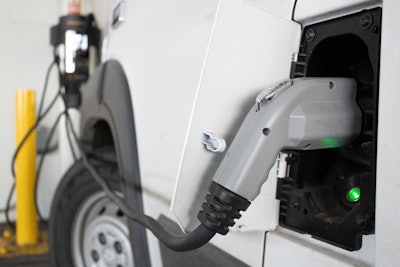 One of the first steps of electric truck adoption is understanding the truck’s economic and performance missions. This helps determine everything from design, chassis integration, charging, and data tracking.Marion Body Works
One of the first steps of electric truck adoption is understanding the truck’s economic and performance missions. This helps determine everything from design, chassis integration, charging, and data tracking.Marion Body Works
How many trucks do you start with?
Switching all trucks over to electric right away is not typically a realistic option, and unfortunately there is no right answer in terms of how many vehicles to begin with. Even with the best-laid plan, electric fleet adoption will present different challenges from fleet to fleet.
Operational goals, application variations, and vehicle preferences all factor into timelines for full adoption. Starting with a few trucks that can provide data for different applications is necessary for finding unforeseen obstacles and opportunities. If the data collected through a telematics system suggests that certain duty cycles require more battery capacity, those adjustments can be applied to all incoming vehicles being produced. Limiting the opportunities to a few select trucks saves time and resources as more trucks are replaced by electric alternatives.
Depending on the scale of a fleet operation, there will even be variations in vehicle setup needs from location to location. A truck in Wisconsin has very different needs than the same truck in Florida, even if those trucks are performing the same application and duty cycle. Because of this, some locations may be ready for full adoption faster than others. There is nothing wrong with this as long as the needs of the remaining locations are properly understood so that the trucks are set up accordingly.
This is not to say the operation will be perfect by the time the majority of the trucks are replaced, but you will have a much easier time with the process by doing some upfront research and vehicle testing within the operation. However, part of this research includes making sure your internal plans align with government regulations.
Don’t let regulations lead to mistakes
California Governor Gavin Newsom signed an executive order that bans the sale of new gas- and diesel-powered vehicles in California by 2035. While California is the first state to make such a move, others may follow, and a number of countries have announced similar plans to phase out fossil fuel-powered vehicles. Reducing vehicle emissions and creating more sustainable solutions is incredibly important, but there is often a disconnect between mandates and the nuances of electric vehicle production and implementation.
READ MORE: States Band Together to Bring Electric Trucks to Roadways
For manufacturers and fleets, the pressure of making such drastic changes over a fairly short timespan must not lead to shortcuts and missed steps. The idea of electric vehicles has been around for a number of years, and in the rush to be first to market, there have been a number of failures. By moving too quickly, you risk implementing vehicles that neither achieve regulations standards nor work for your operation.
To make a successful transition, you must create a well-thought-out plan with contingencies that satisfies emissions standards like the California Air Resource Board (CARB) Regulations without sacrificing operational needs. It is difficult to determine when the next regulation will be imposed or what it will entail, but the key is to take the time necessary to understand how it will impact your plans so you can make the appropriate adjustments.
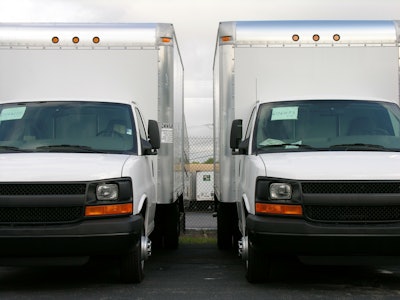 There is no exact number to start with in terms of electric truck implementation. However, they should never be replaced all at once, as that can lead to future problems.Marion Body Works
There is no exact number to start with in terms of electric truck implementation. However, they should never be replaced all at once, as that can lead to future problems.Marion Body Works
A road map to electric
The implementation of electric work trucks is a journey with many different paths and options. Hopefully the road map that has been laid out in this article series will help you identify the vehicles you need and understand how they will be integrated, charged, and analyzed to ensure future operational efficiency. In order to give you the best guidance possible, this information was presented with the assistance and input of Zeus Electric Chassis, Inc., an electric chassis solution and manufacturing company, positioned to foster the transition of today’s fleets from fossil fuel to electric; enabling holistic solutions focused on the end users’ mission.
As manufacturers and fleet managers, you understand better than anyone how challenging this process is going to be. However, with the right plan and partners, it can be done, and done well.




